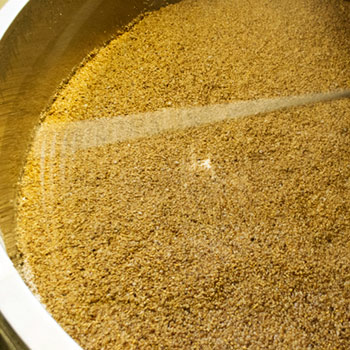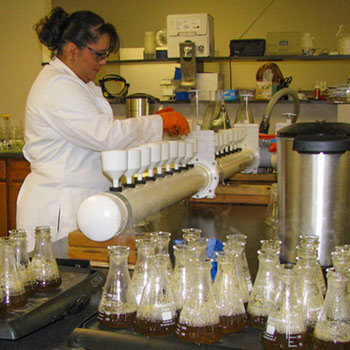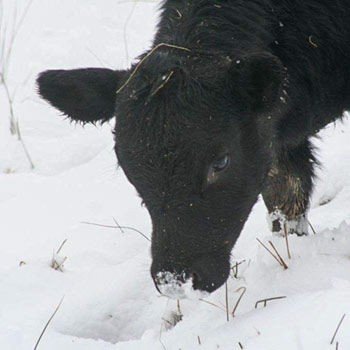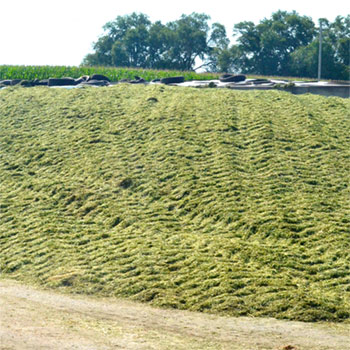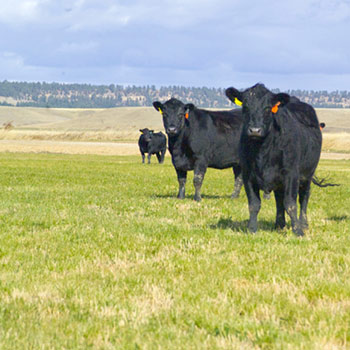
Winter Prescribed Burning Improves Pastures
Using fire in the winter can help set pastures up for success in the spring.
Ranchers and rangeland managers often use fire to help control or retard invasive species or brushy plants like juniper or cedar, or to create more forage for livestock or reduce fuel loads and help prevent catastrophic wildfires.
Charles Kneuper, Texas state rangeland management specialist with the USDA Natural Resources Conservation Service (NRCS), works with many ranchers on grazing plans, which often include prescribed burns. Fire is one of many tools that can be used for range management and improvement, he says.
“Fire is one of the main disturbances that grazing lands in North America evolved with. The vegetation always experienced grazing by herbivores that included bison, elk, deer, etc., and fire, and was productive under those conditions. If we remove fire or grazing from the system, we often see unintended consequences,” says Kneuper.
With prescribed fire, NRCS gives a certain prescription for which fire will be applied to the landscape. That prescription includes weather conditions — temperature, humidity, wind speeds and direction — and a certain fuel load. While they have an idea what that fire behavior will be, under that particular prescription, there are no absolutes. Even with prescribed fire, it is important for people to recognize that there is always some risk with fire, he says.
“We pay close attention to weather forecasts prior to a burn, and monitor weather during the burn, but even on a day that’s predicted to have a 10-mile-per-hour wind, there may be a gust that comes through and could put everything into a different situation,” he explains.
“We monitor weather so we can try to make the best decisions, and then our job and role is to empower the landowner to apply prescribed fire — a practice that can work toward their goals or benefit their operation. We are there to help provide guidance, but we want the landowners to make the decisions and do it themselves,” Kneuper adds. “Our role is to help them become comfortable and confident making those decisions, providing technical assistance and moral support.”
NRCS has knowledge and experience in prescribed fire, but Kneuper says there are certified burn managers who have more experience and who teach courses. Some of the employees go through those classes and burn with more experienced individuals.
Some of the variables in these decisions include timing of a burn.
 |
NRCS has knowledge and experience in prescribed fire, but Charles Kneuper says there are certified burn managers who have more experience and who teach courses. Some of the employees go through those classes and burn with more experienced individuals. |
“Time of year will affect recovery of that landscape. If you burn early in the winter, you could possibly have a flush of some of the winter forbs that could provide forage for wildlife. Dormant-season fires have a different behavior than when the vegetation is green and growing. Ignition point for the fuels will also be different. If you burn late in the winter, you are lighting that fire during a time that the ground should be bare for as short a time as possible before warm-season grasses start growing. Fire at this time might benefit your warm-season grass production,” he says.
Your goals determine which season you burn.
“We encourage use of prescribed fire, addressing specific resource concerns that we’ve identified through the conservation planning process with the landowner,” says Kneuper.
NRCS works with landowners to develop conservation plans, using several different practices to address identified resource concerns on the land and landowner objectives. Prescribed burning is one of those tools, and it is important to recognize when prescribed burning could be a viable option or alternative. There are certain purposes for which it can be used, and then the prescription is developed when the burn plan is written to address a specific approach, he explains.
Editor’s note: Heather Smith Thomas is a cattlewoman and freelance writer from Salmon, Idaho. Photos by Keith Blair.

